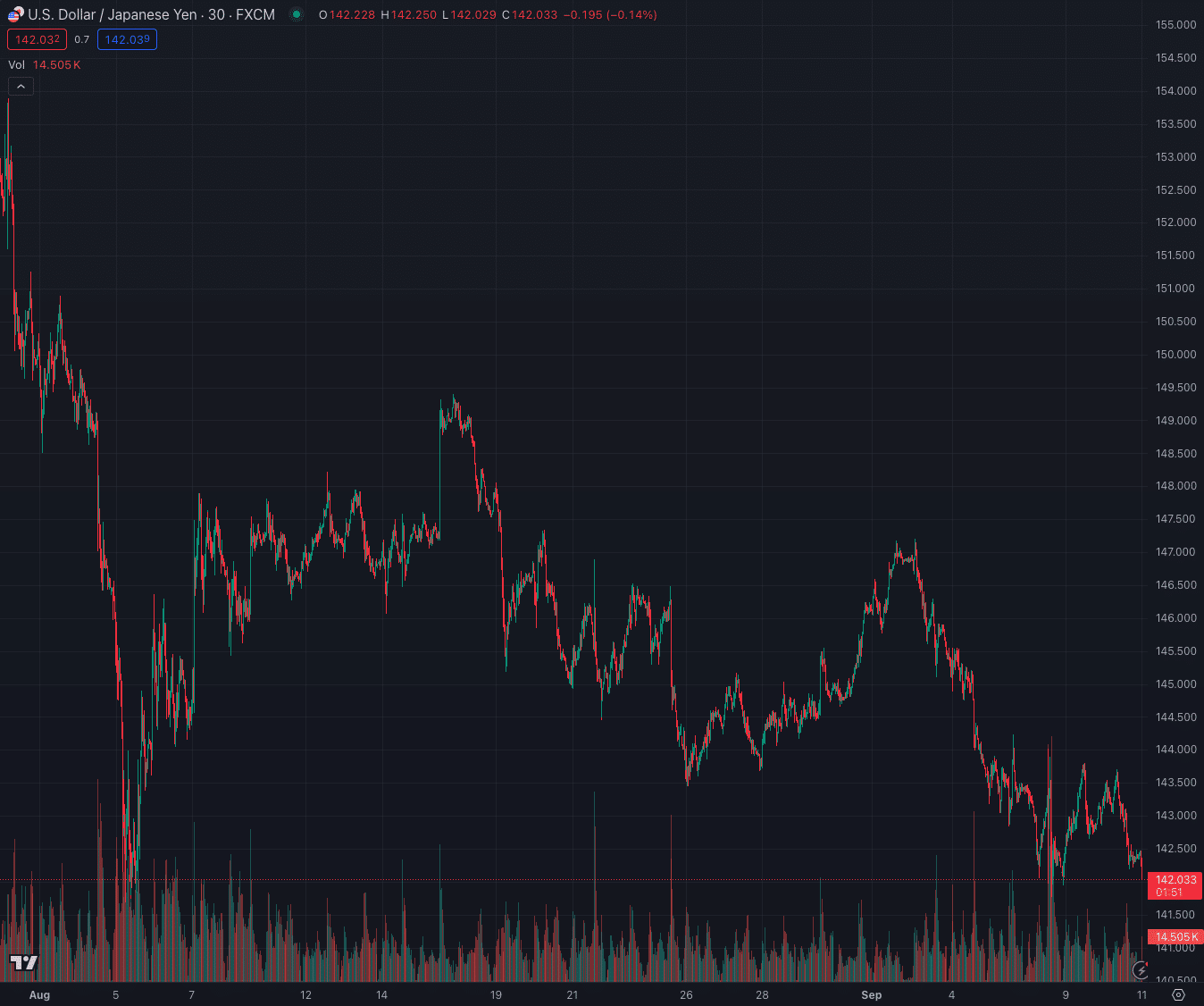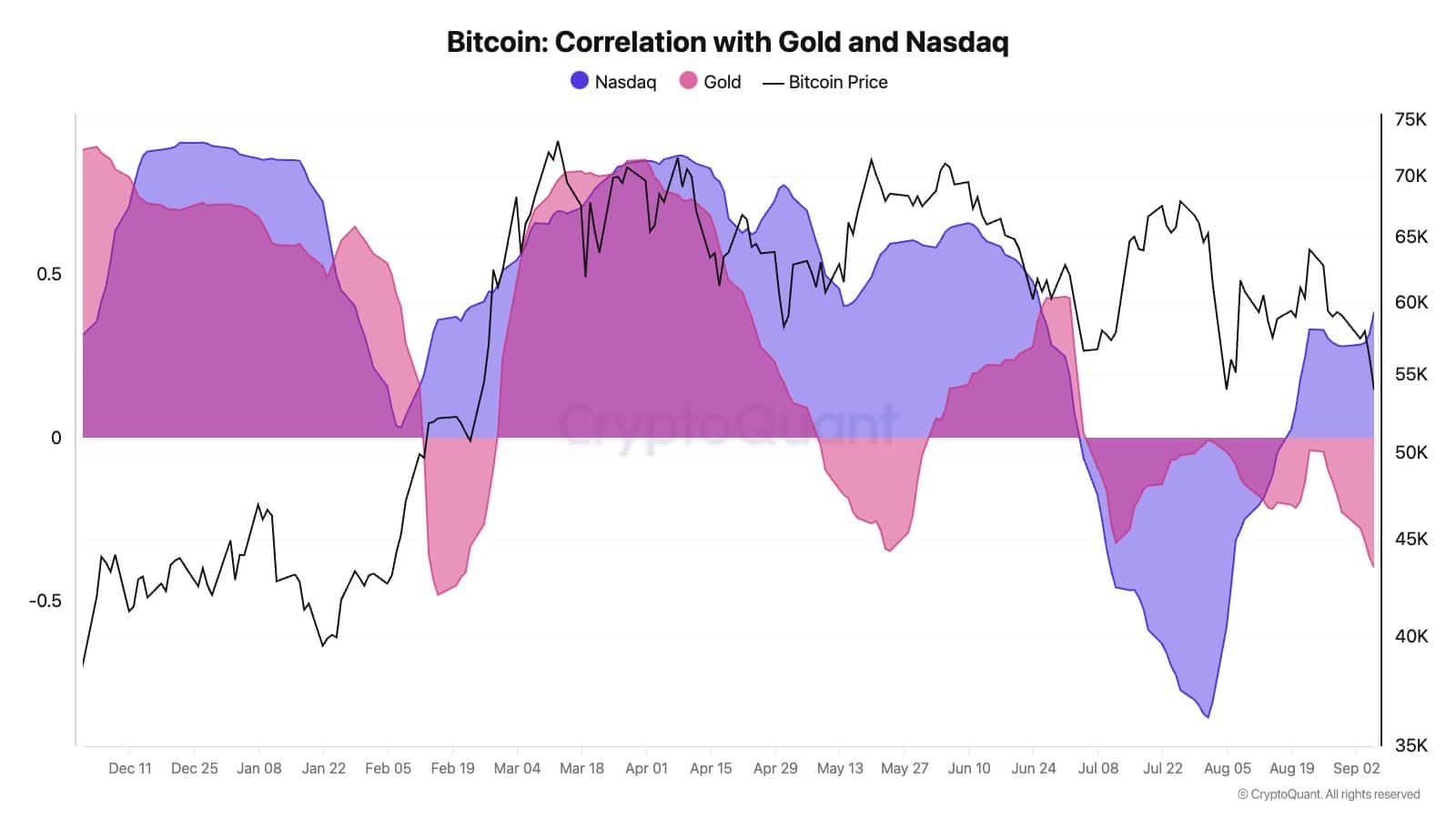- BTC could be in jeopardy as the carry trade continues.
- Will US BTC ETF Investors’ Risk-On Mode Continue?
According to experts Bitcoin [BTC] The risk could increase as the Japan-linked carry trade declines. The largest crypto asset saw a relief to $58K earlier this week. However, it has reversed some gains after the US presidential debate between Trump and Harris.
In addition to the US elections, the ongoing carry trade, which triggered the dump to $49,000 in early August, could impact BTC. The sell-off was linked to the strengthening of the Japanese yen against the US dollar.
Will Carry Trade Expirations Affect BTC?
A similar trend occurred, prompting BitMEX founder Arthur Hayes to sound a risk warning. He said,
“$USDJPY is collapsing and it is about to become a goblin town in the markets again as it approaches 140. Let’s see if $BTC can hold.”


Source:
To set the context, investors engage in carry trading by borrowing from currencies with low or near-zero interest rates for assets with higher returns. The yen has been the cheapest (nearly zero interest rate) for seventeen years and attracts carry trade investors looking for higher returns in the US markets.
But this changed when the BoJ (Bank of Japan) raised rates in August, leading to an unwinding of the carry trade (closing of positions) and a sell-off that also affected the crypto markets.
According to Yardeni Research, the carry trade could continue, especially given next week’s expectations of a 50 basis point Fed rate cut and the liquidity crisis. pump. Part of Yardeni’s recent report read,
“Expectations that the Fed will cut our interest rates while the Bank of Japan raises theirs are boosting the yen and forcing traders to unwind their carry trades.”
That said, the impact of the carry trade on Bitcoin could be greater given the strongly positive BTC correlation to Nasdaq than gold. In short, another market sell-off may not save BTC.


Source: CryptoQuant
Meanwhile, US BTC ETF investors took a risk-oriented approach, in line with the recent recovery in BTC support. The products saw net daily inflows over the past two days, breaking a long streak of more than $1.2 billion in outflows.
It remains to be seen whether investors will maintain their confidence as carry-trade risks disappear









